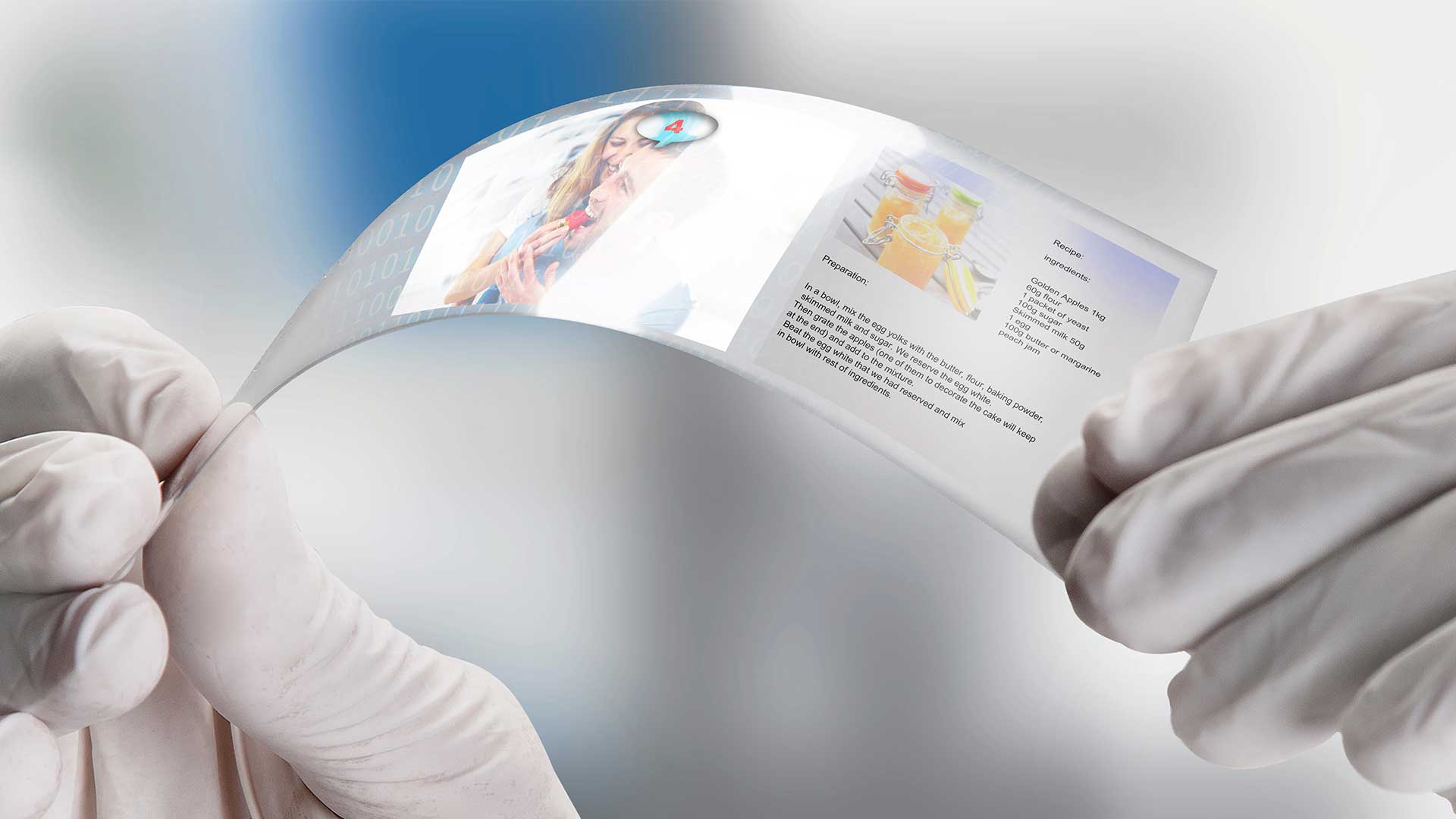How Borophene was Discovered by Accident
Borophene is a new wonder material capable of being more robust and flexible than graphene. The material costs less and is a good conductor of heat, but it was only discovered by accident in 2015.

How Borophene was discovered by accident
What is Borophene?
Borophene is a crystalline atomic monolayer of boron. It is a two-dimensional allotrope of boron. An alternatiev appellation is boron sheet. Researchers have discovered that it is even stronger and more flexible than graphene. Borophene was first synthesized in 2015.
Features and Benefits of Borophene
Borophenes have excellent in-plane elasticity and excellent strength. The anisotropic structure of these materials can make them more robust and more flexible than graphene in some configurations. Boron nanotubes, for example, exhibit a higher Young’s modulus in two dimensions than any other known carbon or noncarbon nanostructure.
The strength and flexibility of graphene have fascinated scientists for years. Graphene conducts electricity better than any other material at room temperature. Considering the unique properties of Borophene, it is expected to have applications in electronic sensors, semiconductors, and tribological devices.
One study of the material’s uses, which appeared on the digital academic repository Arxiv in March, catalogues its potential applications, including hydrogen storage and more powerful lithium-ion batteries. These applications would be critical in a world dominated by electric vehicles.
The fact that Borophene is more flexible than graphene may also make it attractive for flexible electronics; researchers also speculate that due to its superconductivity, it may be suitable for the development of next-generation wearable devices, biomolecule sensors, and quantum computers.
Accidental Discovery
It is hard to believe that Borophene was even a thing almost a year ago.
Now a team led by Mark Hersam has made progress toward understanding the material’s complicated chemistry and realizing its electronic potential, only months after Northwestern University and the Argonne National Laboratory discovered the material.
Borophene is a two-dimensional metal sheet made of boron, an element commonly used in fibreglass. It was first created in December 2015. Despite the potential for Borophene to be used in a wide range of applications, these uses cannot be realized until combined with other materials. Hersam’s team, along with some serendipity, has now integrated these systems.
Computers, tablets, and smartphones are powered by integrated circuits, according to Hersam, Walter P. Murphy Professor of Materials Science and Engineering at Northwestern University’s McCormick School of Engineering. Integration has been a critical factor in the advancement of electronic technology.
Professor Erik Luijten is a co-author of Northwestern University’s Department of Materials Science and Engineering paper. The first author of this paper is Xiaolong Liu, a graduate student in Northwestern’s Graduate Program in Applied Physics.
Scientists must grow Borophene in the laboratory by synthesizing it on a piece of silver because it does not occur naturally. In an attempt to integrate the Borophene and organic material, Hersam’s group deposited an organic material on top of the Borophene (perilene-3,4,9,10-tetracarboxylic dianhydride).
It was a surprise to learn what happened next. Instead of self-assembling on virtually any surface, the organic material diffused the Borophene onto the silver sheet.
As a result, an organic monolayer was created directly next to the Borophene, forming a nearly flawless interface. Integrated devices include diodes and photovoltaics, which are enabled by well-controlled interfaces between different materials. The technique Hersam used bypassed the usual challenge of creating a straightforward interface, which is getting materials to touch but not mix.
Not only does Hersam’s discovery help to illuminate Borophene’s fundamental properties, but it also provides the basis for exploring its electronic applications. Next, Borophene must be moved from silver onto an inert substrate that will not interfere with its electronic properties.
The ability of Borophene to form abrupt interfaces via self-assembly is unique, said Hersam. “A new understanding of the material’s chemistry is guiding our efforts to transfer the material to appropriate substrates for further integration.”
Industrial Applications for Borophene
The borophene market can be classified based on its application into electronic circuits, solar cells, energy storage, medical, chemical, and industrial. It can be used as a transistor component. Among the potential applications of Borophene are the photovoltaic ones. Borophene’s ability to conduct electrons makes it ideal for optoelectronic applications. Electrodes, fuel cells, and thermoelectrics are among the applications of Borophene for energy storage.
The technology has been developed to store electronic data and could alter the way computer chips are made in the future. To build in space, we are best able to use a three-dimensional form of graphene.
There has been speculation whether this material will usher in the next industrial revolution. Even consumer products have been made with graphene, such as lightbulbs and jackets and graphene hair dye.
In addition to being used in defence applications and ballistics, Borophene is also used in medical applications. It is believed that this can be used as an anti-radar device, meaning that one would not be detected by radar. The focus of research is to reduce the cost of producing Borophene and protect it from corrosion.





